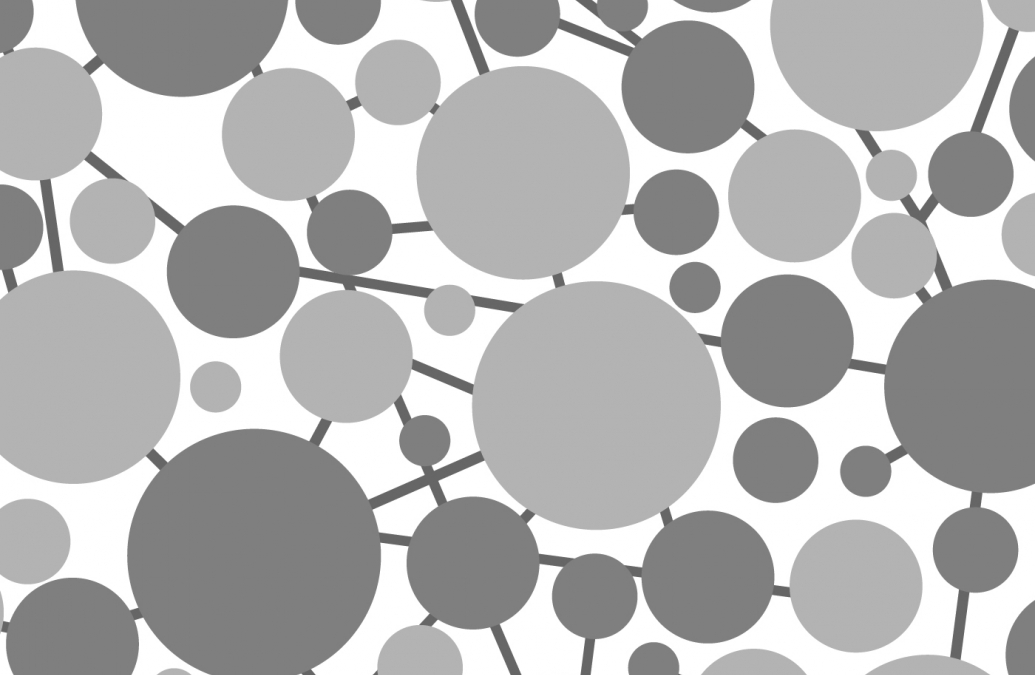The Side We Stand On

Kavia is a 2015 Social Innovation Fellow, who worked with homeless youth in workshops at La Casa Norte in Chicago this summer.
“If anyone yells again, you’ll be asked to leave for the day! No more he said-she said nonsense.” Lauren made the rules perfectly clear. She apologized for the chaos, but cautioned that I should get used to similar conflicts erupting on the regular.
And thus began my work to unite the homeless youth at La Casa Norte. I can personally attest to the immense diversity at the youth center, from race to sexuality to appearance, and the number of disagreements that this causes between them. I thought it would be impossible for these youth to cooperate with one another, until time illuminated the reasons for their friction.
During the first workshop, I listed community issues and told the participants to stand to the left side if they felt influence over it, to the right side if they felt concerned about it, and in the middle if they felt both. After a half hour, I was able to theorize why the youth had so many conflicts. This activity was meant to prove that most community issues feel out of our control; issues like gun violence, police brutality, graduation rates, poverty… homelessness. But they surprised me by standing on the “influence” side of the room for almost every issue. They explained, “I know where police are patrolin’ at night. It’s your fault if you’re lurkin’ around there,” or “Graduation rates are in my control cuz I should’ve worked harder to stay in school,” or “He asked to be stolen from, flaunting his money like that.” I was truly astonished at how much personal blame these young people took for the unfortunate events that were thrust upon them at such an early age. This dangerous mindset is bred in a system focused on personal responsibility and blame.
I asked youth in the workshop to describe their hopes and aspirations; something a stranger should know about a community they belong to; and how they think their community could improve. One youth (left) says the youth community at La Casa Norte resembles a “dysfunctional family”. Another (right) says he or she hopes to “be a strong image to other peers and not lead them the wrong way”.
Homeless youth are constantly told, through school, caseworkers, and job training, that they have to take responsibility for their own lives. They have to fight to reintegrate into a society that shunned them because it’s their only chance to survive. This breeds a sense of “survival of the fittest” and competitiveness. On top of that, many homeless youth I met were wrought with guilt because they were forced to do things on the streets that they knew were wrong. Many youth were quick to aggressively point out each other’s life mistakes, which I presumed to be a coping mechanism for their own guilt. This behavior would subsequently lead to full blown arguments between them.
However, the youth perceive this phenomenon differently. Many described La Casa Norte as a “dysfunctional family”. The workshops slowly revealed to me the deep bond they feel with one another based solely on shared experiences. I saw they were deeply empathetic when someone got a new job or got their baby’s first sonogram. As we discussed problems within the drop-in community, they eventually put their minds together. They voted to fight for increased security in the overnight bedding facility by installing a storage system and training staff. This will prevent many of the thefts that lead to accusatory fights between the youth, and thus allow more trust between them.
This program showed me the eagerness of homeless youth to unite in the fight against homelessness. The community of youth I worked with was small and my time limited, so going forward, I hope to expand my program to show other youth in Chicago that if they speak up, they will be heard.
